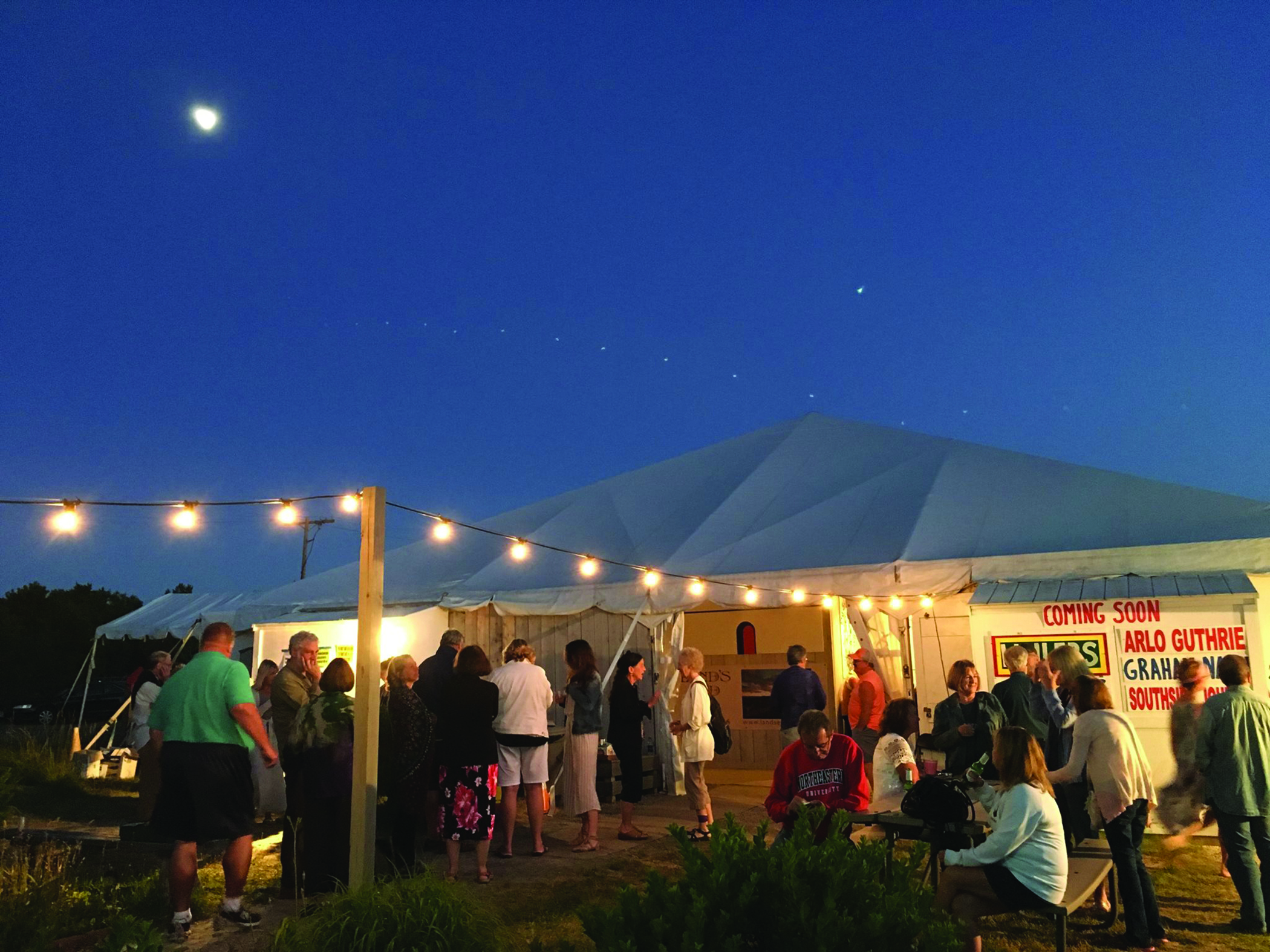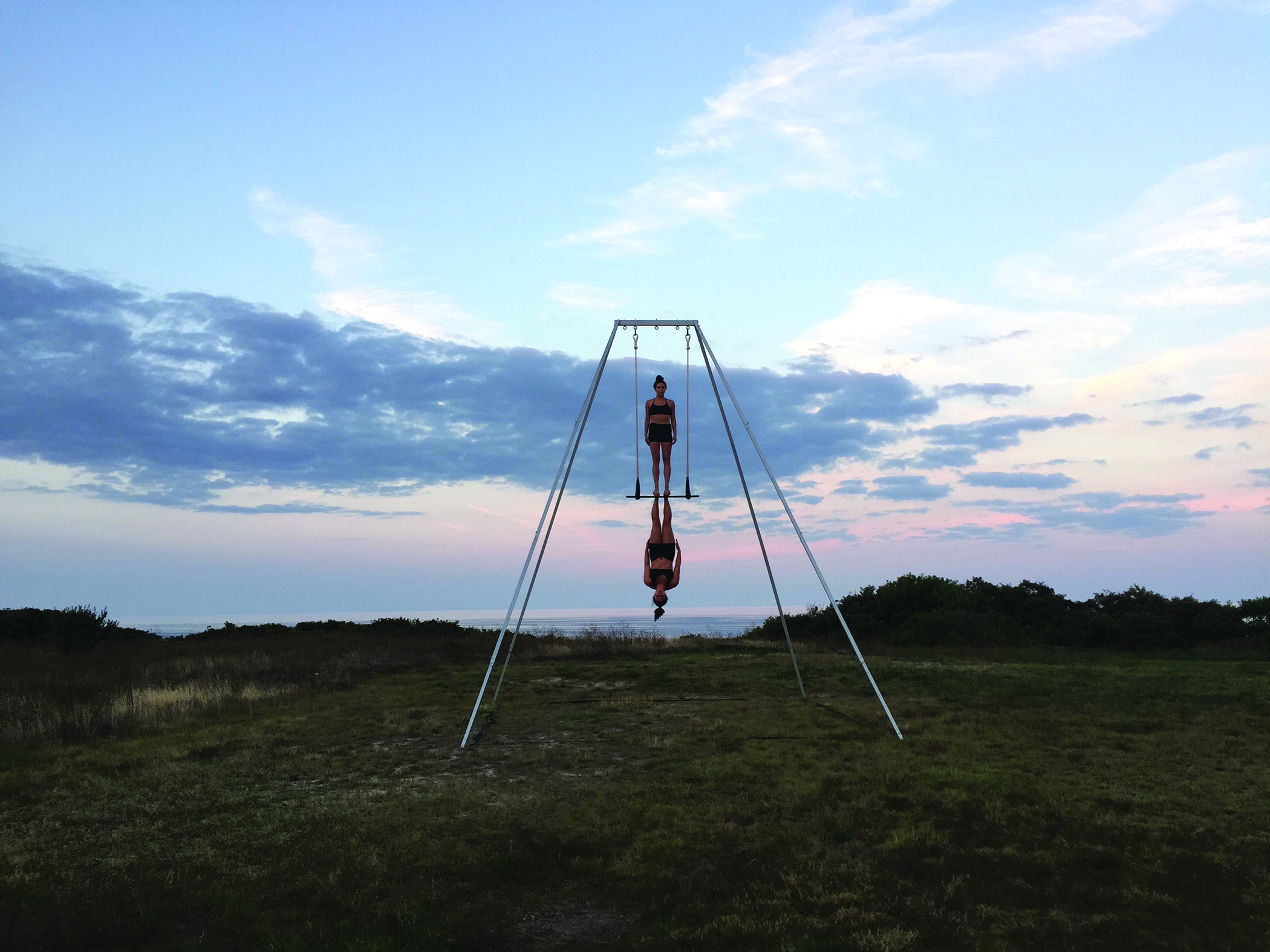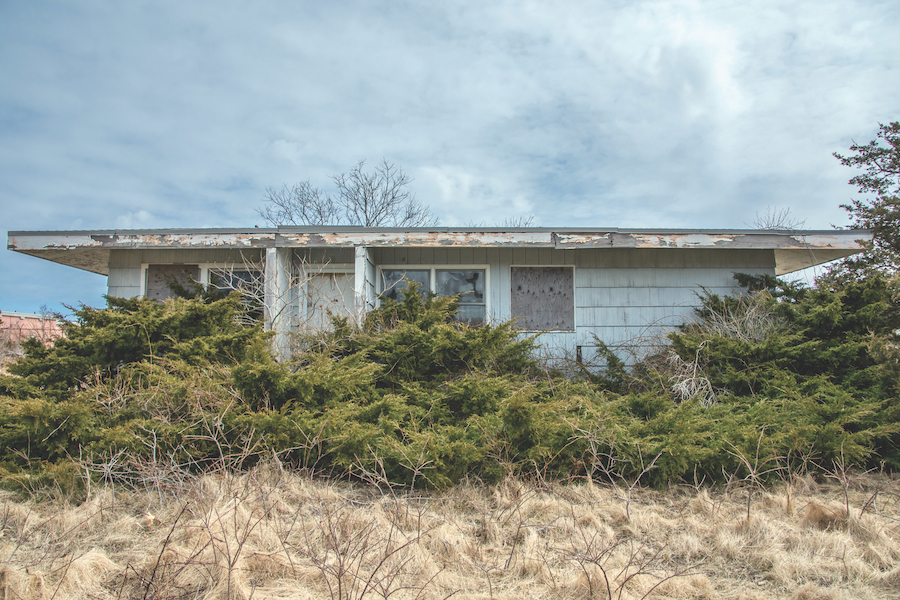
NORTH TRURO — In the Outer Cape’s collective memory, the fear associated with living and working at an Air Force station built to listen for incoming Soviet atomic bombs has faded.
Besides being part of America’s mid-century air defense network, the place was a neighborhood. With bingo, a bowling league, softball games, and cheap drinks — a place folks flocked to for lighthearted debauchery. Richard Scoullar, who worked at the base, remembers it well.
“Most everyone knew each other by name,” he says. “There was a little gas station and a ball field where people from P’town played all the time.”
“We also had a bowling league — we’d bowl every night of the week,” says his wife, Eugenia Scoullar. “And the best blueberries you could pick grew out on the helicopter field.”
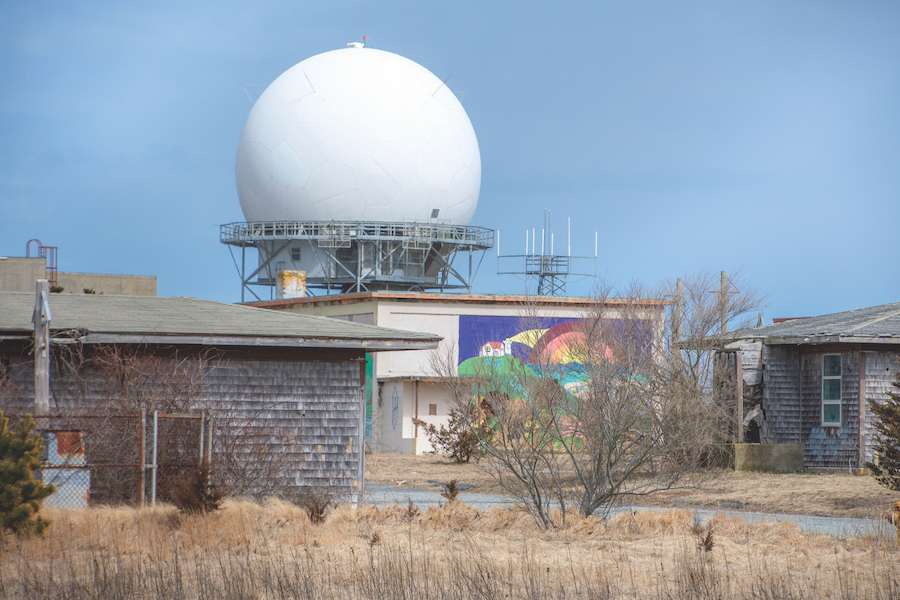
The 125-acre site was first established as a military facility in 1951, providing information to the national air defense system. At the peak of its operations, it had 500 employees and 90 buildings. In 1985, the Air Force vacated the premises, although one radar station continues to operate there today. It was not until 1994 that the Cape Cod National Seashore gained control of the site. By then, any opportunity to salvage the homes there had long passed.
“The real villain is the Department of Defense,” says Rice. “The Air Force built temporary structures to serve as a radar base and watch the skies. They’re very cheap wooden buildings that were never meant to last long. Once the roof goes, it’s over. When the Air Force left in 1984, they left a mess behind. Heavy machinery, dirty rooms — they didn’t even clean up the buildings.”
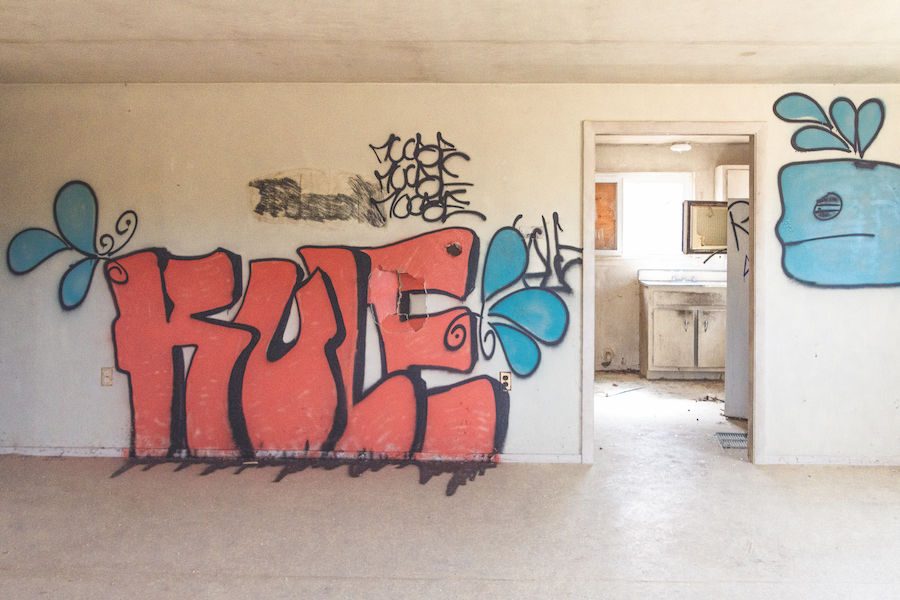
Still, the Seashore imagined the site reborn as a center for culture, science, and art. One environmental assessment report from 1999 estimated it would take only $933,120 to rehabilitate five houses and one dormitory building, demolish 11 other structures, and construct wayside interpretive exhibits on walking paths. This estimate turned out to be far too low, especially with the cost of asbestos remediation. In 2016, it cost $1.2 million just to demolish eight buildings.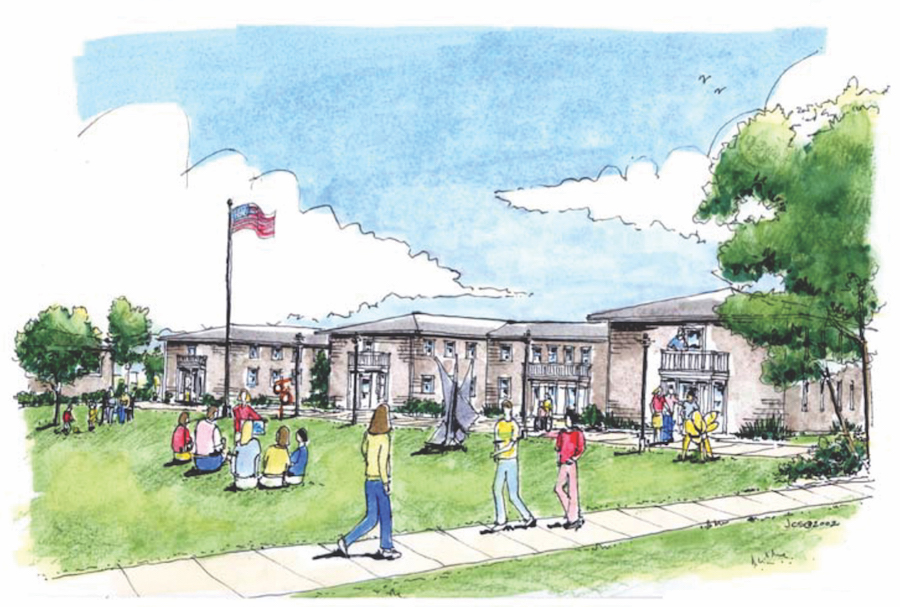
A 2005 plan described a thriving community with seasonal residences for employees. The plans were ambitious: a shuttle bus route, dining facility with outdoor patio, picnic grove, campsites, outdoor amphitheater, arts and media center, visitor orientation and exhibition center, and individual work studios.
“It’s easy to be cynical,” says Payomet’s Kevin Rice. “A ‘wasted opportunity’ is in past tense — it’s done, broken. But to me, there’s tremendous potential there.”
There’s a biological research lab for the Seashore, too, in the old supermarket building. In the summer there are 25 scientists and interns working there, says McKean.
The partnerships that have quietly grown here have taken a different shape from the ones imagined at the turn of this century. They are not part of a grand plan. But they are changing the landscape, one vision at a time.
